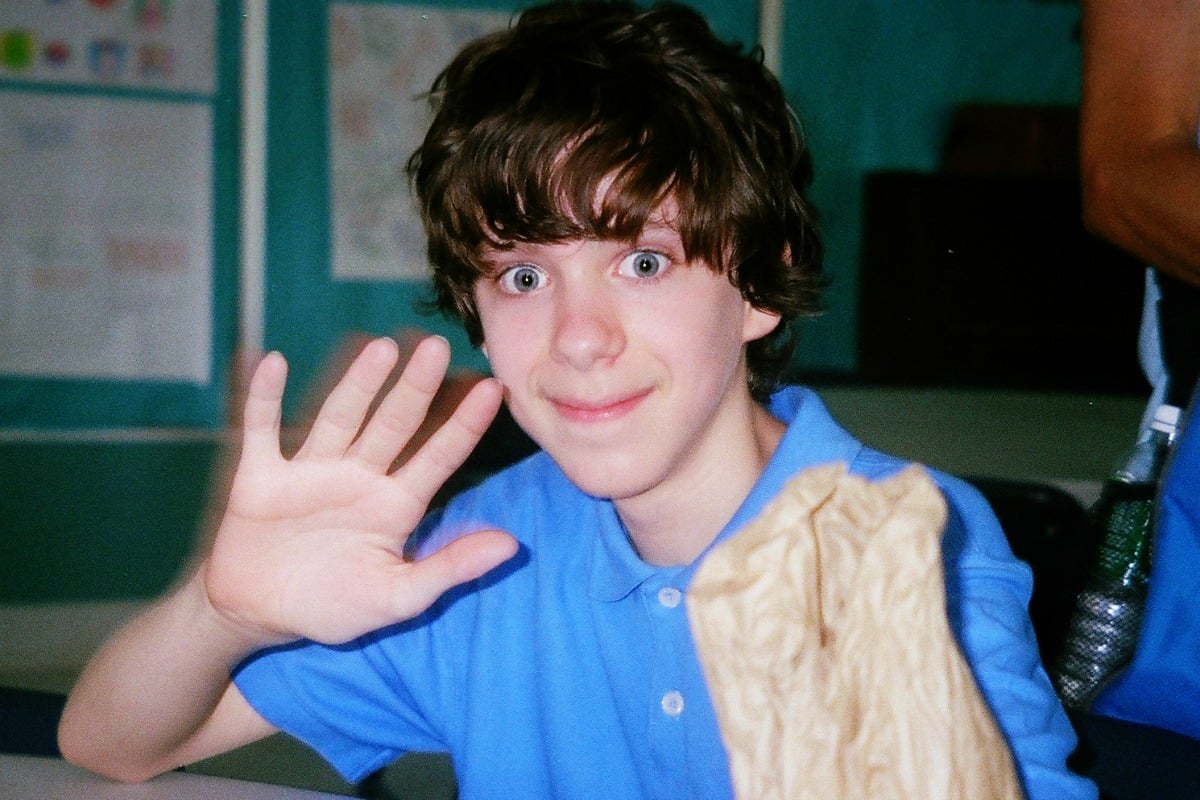
On Friday December 14, 2012, Adam Lanza shot dead his 52-year-old mother, before driving to Sandy Hook Elementary School, where the school day had just commenced.
There, he killed 20 children between six and seven years old, and six teachers.
At 9:40am, only five minutes after breaking down the doors of Sandy Hook Elementary School, Adam fired his final shot into the back of his own head.
His is not a name we want to remember. But it’s one we ought to.
By examining Lanza’s life in the lead up to the most deadly school massacre in history, we might be able to identify the warning signs, and prevent a tragedy of this magnitude ever happening again.
Newly released personal documents belonging to Lanza provide a chilling insight into the inner workings of his mind in the months before the massacre.
He spoke at length to friends online about his ‘scorn for humanity’, and lived in self-imposed isolation – not even allowing his own mother to enter his bedroom.
Lanza became obsessed with his problems, which he outlined in an extensive list. It included things like lights that were too bright (he complained that natural light stung his eyes), not having enough tissues inside his home, and accidentally coming into contact with his brother’s towel.
But a report by Connecticut’s Office of Child Advocate concluded that there were three factors that “proved a recipe for mass murder”.
The first was his deteriorating mental health, made worse by lifestyle factors such as sleeping 12 hours a day and barely eating. Lanza lived with anxiety his whole life, and his mother Nancy described him as “wracked by anxiety”, unable to cope with moving classrooms or loud noises.
It’s critical to note, of course, that people who live with mental illness are far more likely to be the victim of violent crime than the perpetrator, and thus anxiety and depression alone did not account for his decision in mid-December, 2012.

Top Comments
Not sure I like the insinuation that violent video games had something to do with what he did.
He would have access to guns even if his mother didn't have them.
He's old enough to buy them legally, and I doubt someone who would commit an atrocity like this would be put off by buying guns illegally.
Approx. 40% of gun crimes in the USA are committed with illegal weapons.
theres clearly some kind of link between the addiction of these games and real world violence. for instance just look at this past week with the footballer dylan walker and the idiot from oran park both being violent to their partners while playing them. if one were to say its the only reason would be wrong but to say its not a reason is equally wrong
The violent games problem is an argument that the NRA and Trump hide behind to distract from the fact that guns are a problem. The NRA helped Trump out with his campaign.
It's more likely the trigger was the women persistently asking the men to take responsibility for their daily chores and the men saw that as a threat to their authority.
And, in this case, his gun-nut Mum's attitude towards guns taught Adamthat guns are a source of power, authority and control of his environment.
A little too much white around that child's eyes.
Not according to the article Do Angry Birds Make For Angry Children? in the journal of Perspectives on Psychological Science.
Or the American Psychological Association (various articles).
Or the US Secret Service and Department of Education (shared report).
I can keep going, but I think it's pretty clear.
A huge amount of people play violent games. Some of them are violent. They are not violent because of the games.
I've been playing Civilisation for a long time - now is not the right time to plan a holiday in Tasmania.
Given that its considered best journalistic practise not to repot on the perpetrators of mass shootings, to avoid creating a culture of celebrity, I'm not sure why its worth publishing this on an australian site? If gun control was an issue here I could see some point to the article, but at the moment it just risks stigmatising mental health issues and making a mass murderer famous.